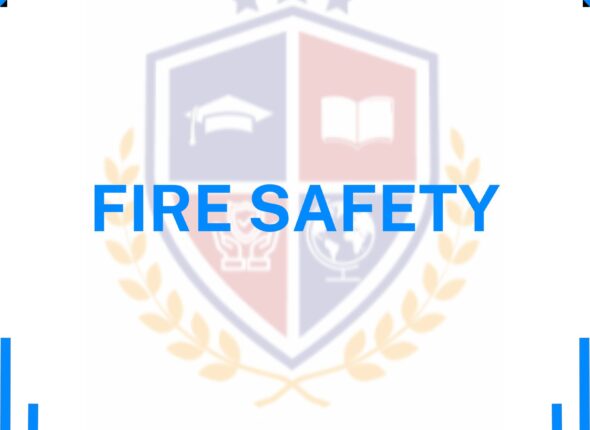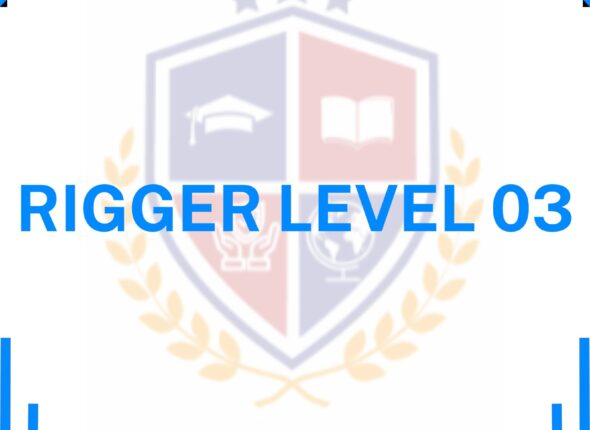- Description
- Curriculum
- FAQ
The OSHA 30-Hour General Industry Training program by OSHAcademy USA is designed to provide workers, supervisors, and employers with an in-depth understanding of OSHA regulations, workplace safety, and health hazards in a wide range of industries. This course provides 30 hours of comprehensive training focused on OSHA standards and regulations, ensuring that participants can identify potential hazards and implement proper safety practices in their workplace.
This OSHA-authorized course is perfect for professionals looking to enhance their safety knowledge, maintain regulatory compliance, and improve the safety culture within their organizations.
Course Content
1. Introduction to OSHA and General Industry Safety
-
Overview of the Occupational Safety and Health Administration (OSHA)
-
Understanding OSHA’s role and enforcement procedures
-
Key regulations for general industry (29 CFR 1910)
2. General Workplace Safety and Health Hazards
-
Identifying and mitigating workplace hazards
-
Fire safety, emergency preparedness, and exit routes
-
Personal protective equipment (PPE) and proper usage
3. Hazard Communication and Chemical Safety
-
Understanding the Hazard Communication Standard (HCS)
-
Labeling, Safety Data Sheets (SDS), and chemical handling
-
Workplace exposure to hazardous materials
4. Electrical Safety
-
Electrical hazards and safety practices
-
Lockout/Tagout (LOTO) procedures
-
Grounding, wiring, and electrical equipment safety
5. Fall Protection and Working at Heights
-
Fall hazards and preventive measures
-
Fall protection systems and regulations
-
Scaffolding, ladders, and aerial lifts
6. Ergonomics and Material Handling
-
Identifying ergonomic risks and improving workplace ergonomics
-
Manual material handling techniques
-
Prevention of musculoskeletal disorders (MSDs)
7. Workplace Violence and Safety Management Systems
-
Preventing workplace violence and managing risks
-
Safety management system (SMS) principles
-
Creating and maintaining a safe work environment
8. OSHA Recordkeeping and Reporting
-
Recordkeeping requirements for injuries and illnesses
-
Reporting accidents and incidents to OSHA
-
Understanding OSHA’s injury and illness data collection process
Assessment & Certification
✅ Course Completion Exam – The course includes a multiple-choice exam consisting of 100 questions.
✅ Minimum Passing Criteria – To successfully complete the course and receive the certification, participants must answer at least 60% of the questions correctly.
✅ OSHAcademy Certificate of Completion – Issued upon successful completion of the course and exam.
✅ OSHA 30-Hour Certification – Recognized by OSHA and many employers, this certification is essential for general industry workers and supervisors.
Who Should Enroll?
-
Workers and supervisors in the general industry
-
Employers looking to train employees on OSHA standards
-
Safety officers or coordinators working in manufacturing, warehousing, construction, and other industries
-
Anyone seeking to advance their knowledge of workplace safety and OSHA regulations
Course Duration
🕒 30 Hours (Self-Paced Online Learning + 20-Day Physical Classes)
✔️ 20-Day Physical Classes held at Faisalabad Campus for hands-on, instructor-led training
✔️ Start anytime for online learning and attend physical classes according to the scheduled dates
Why Choose Our OSHA 30-Hour General Industry Program?
✅ Authorized OSHA Training – Valid Certification
✅ In-Depth Coverage of OSHA Standards and Workplace Safety
✅ Flexible Online Learning and Physical Class Options
✅ 20-Day Instructor-Led Physical Class at Faisalabad Campus
✅ Widely Recognized Certification
✅ Improved Workplace Safety and Legal Compliance
-
1LESSON 01
-
2LESSON 02
-
3LESSON 03
-
4LESSON 04
-
5LESSON 05
-
6QUIZ 01 (OSHA 30 HOURS)
-
7LESSON 06
-
8LESSON 07
-
9LESSON 08
-
10LESSON 09
-
11LESSON 10
-
12QUIZ 02 (OSHA 30 HOURS)
-
13LESSON 12
-
14LESSON 13
-
15LESSON 14
-
16LESSON 15
-
17LESSON 16
-
18LESSON 17
-
19LESSON 18
-
20LESSON 19
-
21QUIZ 03(OSHA 30 HOURS)
-
22LESSON 20
-
23LESSON 21
-
24LESSON 22
-
25LESSON 23
-
26LESSON 24
-
27QUIZ 04 (OSHA 30 HOURS)



